What Happens When You Leave Akua Printmaking Inks on the Plate too long?
Have you ever rolled Akua printmaking ink out on a plate and then got sidetracked? Yeah, me too. See below for the story of what happened after I left Akua inks on a plexiglass plate for (gulp) weeks.
We were approaching Christmas. This could signal time with extended family, gifts to wrap and unwrap, and hopefully, a morning lounging with a plate of waffles while still in your pajamas.
There may not be a lot of art-making this time, but you can still think about art, right?
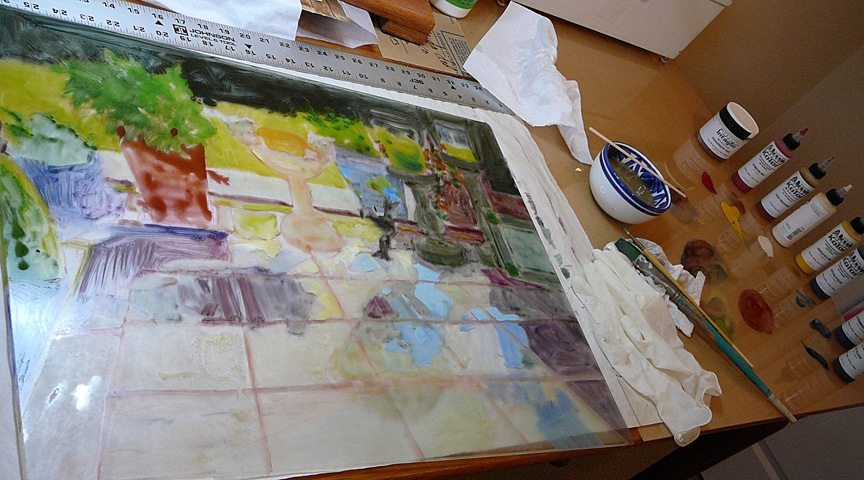
Building a Light Field Monotype
This (above) is a sheet of plexiglass from amazon, beveled and sanded for dark and light field monotypes. I put a drawing down with Caran D’Ache Water Soluble Crayons.
The soaked and blotted printmaking paper will lift the crayon from the plate and transfer my line work to the paper.
In the photo above, I’m using the drawing as a map to paint a kitchen counter still life with Akua Liquid Pigments (labeled AkuaKolor because I bought them before Speedball purchased and renamed the inks).
I’m leaving brush marks loose and edgy, with hopes that the mark-making will transfer to the paper on my press.
I made the mistake of using water to thin the ink for some transparent passages, but I’ll be using modifiers from now on, because the folks at Akua informed me that water tends to dull the brilliance of the pigment. #followdirections
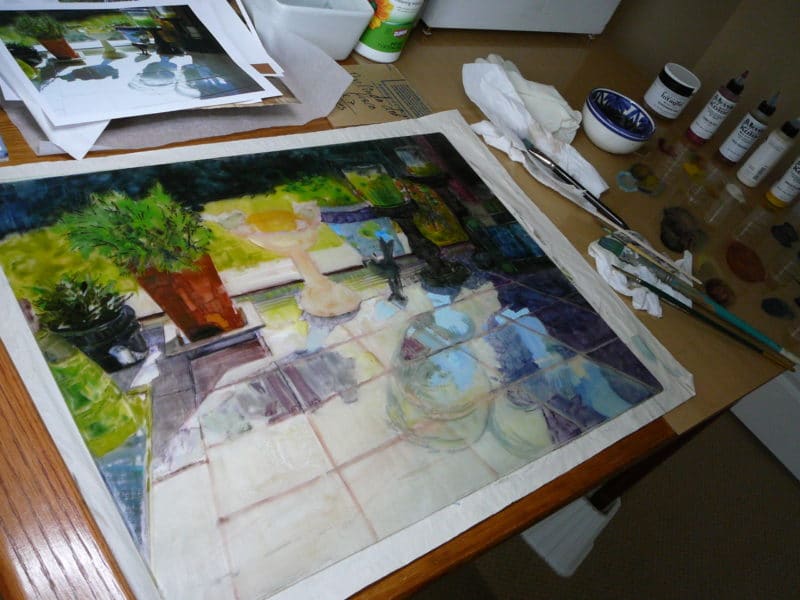
Light Filed Monotype with Akua Inks
In the middle of working on this light field monotype – in early November – I realized – eeegads! – the holidays have arrived.
The partially painted plate sat neglected (and drying) through the rest of November and the first few weeks of December.
Every time I walked past my studio, there it was – leaning against the wall, jelly side out – staring at me with an unfinished-painting-pout.
I worried that the water based ink would be rock hard after exposure to air for so long.
I also started to think about how to get the ink off the plexiglass… I’d lose my beveled and sanded plate if the pigments were completely adhered to the surface.
These are the things I pondered while peeling potatoes, decorating a Christmas tree, and applying mesquite dry rub to poultry in the kitchen. Can you relate?
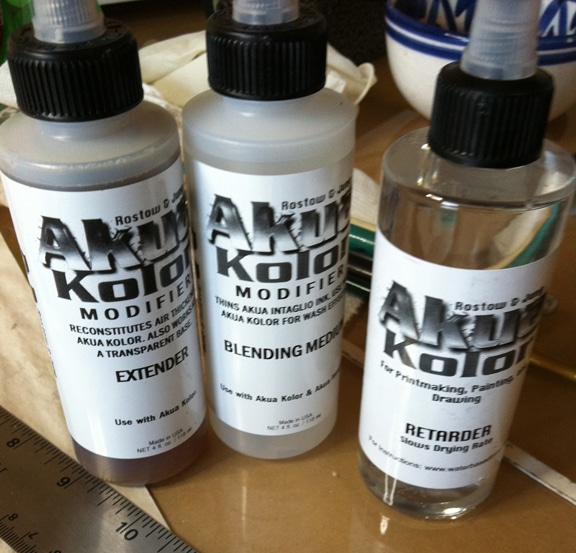
Painterly Prints with Akua Liquid Pigment
To quell my monotype fretting, I called the folks at Akua and asked about my air-dried-for-days ink dilemma.
They assured me that the ink was still wet, and I’d be able to pull the monotype. They said the ink might be a little thicker after weeks of air-drying, but it was still good to go, because the pigments can’t absorb into the plexiglass.
While talking to them on the phone, I reached over and pressed a finger into a blue shadow, and voila, I had a blueberry fingertip. I pulled out and examined my modifiers, and at Akua’s suggestion, I rolled a single, thin layer of Extender over the entire plate with a brayer just before I printed it.
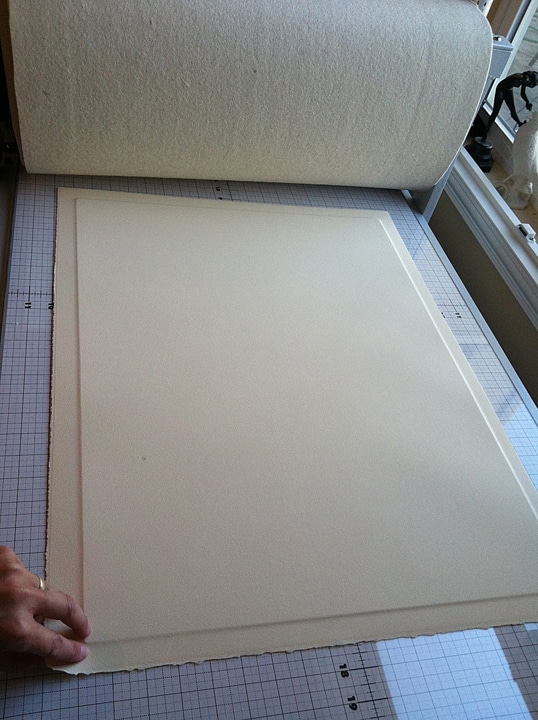
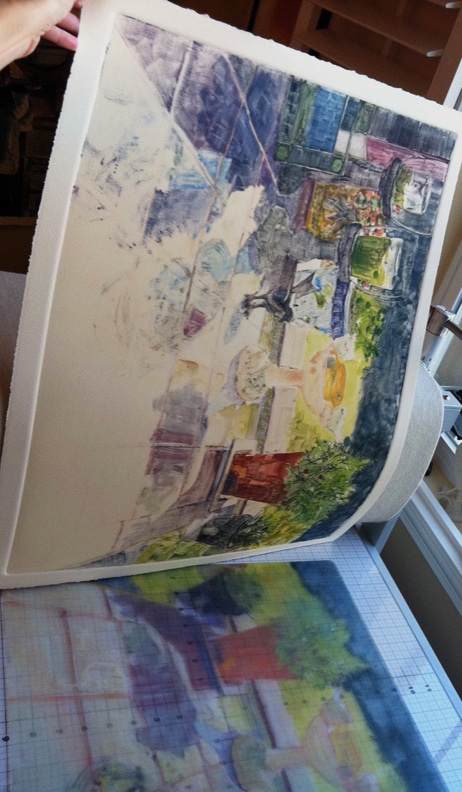
Air-Thickened Printmaking Inks
So, even after weeks in my warm studio (I live in California), the ink on my monotype was still wet, and it printed.
I was amazed to see how much pigment transferred to the paper when I pulled the print. And wonder-of-wonders, the loosey-juicey mark-making I was hoping for also transferred to the paper, giving the monotype a first cousin of painterly goodness.
Once Akua ink is on an absorptive surface, it dries quickly, so this print was dry in one day.
The lesson for me on this monotype – well, there were two lessons – was 1) maybe start larger projects after the holidays, and 2) when the properties of an art supply are unknown, call the manufacturer and ask them about it.
Real world questions, relayed to the manufacturer directly from the artist, are almost always welcome. They make the stuff, and have certainly tested stuff, but perhaps not exactly in the same way you and I use the stuff. Capiche?
Encouraging Art Project Ideas
It doesn’t have to be a halt to all art-making activities, right?
- Maybe distribute paper and pencils to everyone after dinner, set a timer, and draw each other’s faces.
- Jot down ideas for your future art projects.
- Grab an artsy friend or visiting family member and head to a museum or a gallery.
- How about watching an art documentary (with popcorn), or reading a biography on an artist you admire?
- Try listening to a podcast focused on interviews with artists.
- This type of art-flavored activity can be the grout around your creative time later. And it’s all fun.
Imagine a special (cute) cupboard in your brain reserved for planning and getting excited about the art you’ll create in the new year…. what’s in there?
Until we start to pull art supplies out to make that happen, I wish you a very Merry Christmas.
Thanks for stopping by and I’ll see you in the next post!
Belinda
P.S. You can subscribe to get each new post via email as soon as it’s published. Sign up here.
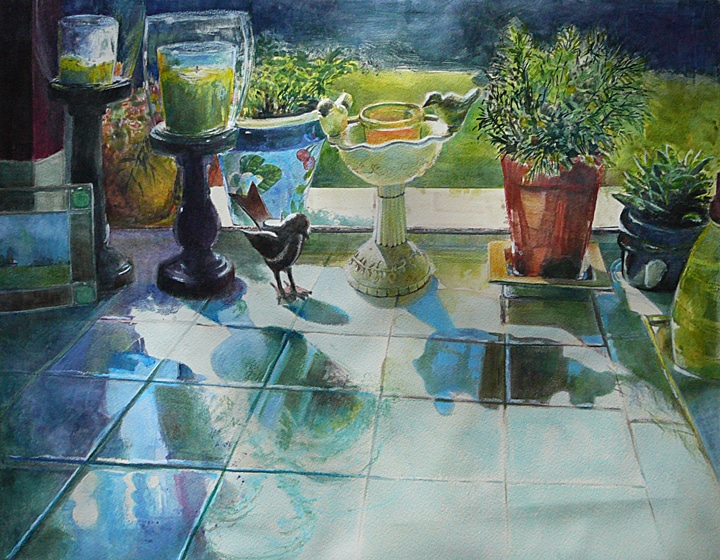
Art Quote
When I was in art school, one of my fellow students painted a series of dead fish. She had seen one of Manet’s oil still life paintings of a fish on a platter, and it triggered an explosion of inspiration. My friend went to the market and bought dozens of fish. She painted them frozen, thawed, in piles, on newspaper, in jars, lying on the table, and in frying pans. She reveled in their shimmery scales and slippery textures for weeks on end, and her apartment smelled like the town dump. I was envious beyond description. It wasn’t that I wanted to paint fish or flies; I just wanted to find something that I felt that passionate about to paint. At the time, I knew I wanted to paint, but I didn’t know what I wanted to express. For several years I painted a shopping list of subject matter; still lifes, landscapes, flowers, nudes, animals and seascapes. Although most of the paintings found a home on someone’s wall, none of them were truly aligned with my most passionate feelings, simply because I didn’t know what those emotions were. Since then, I have found what it is that I feel strongly about, and my paintings look more like they are mine. Although I must admit that painting hasn’t gotten any easier, it has become even more engaging.
Mary Whyte ~ Painting Portraits and Figures in Watercolor
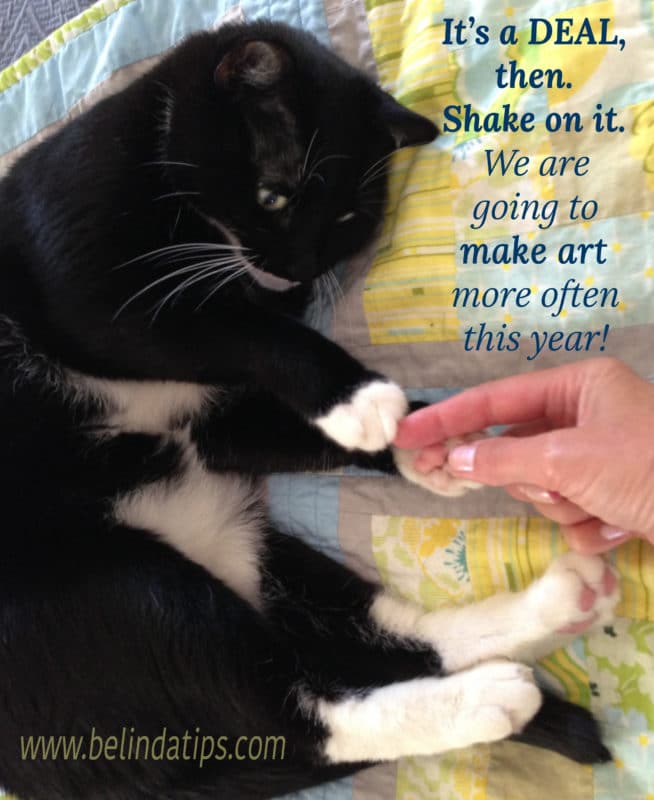

I looked up the documentary you suggested and it is now free on Amazon Prime. Thanks for the Christmas present! I often follow your suggested reading and watching.
Hi Donna, free movies about interesting people are always a good thing, eh? I’m glad you found it on Amazon Prime, and I hope you felt inspired to pursue your creative ideas in the new year.
I will never be on your level of painting, but that’s okay Possibly because I don’t work on painting as much as everything else!). There are many other directions to go. And I’m moving in the next month or so, and my brain is shorted out.
But questions! The sheet of plexi is sanded to a light frosting? To better hold the inks? The image on the plate looks plenty “latent” to me. Did you pull another print? I’m really drawn to print-making, but again, I don’t work at it enough AND I’m a messy person and get ink everywhere.
Hi Kirsten, I think your curiosity about *everything* related to art is part of every artist’s best foundation. And wanting to know details doesn’t mean you’ll pivot over to try it. As a card carrying member of the Distracted/TooManyProjects Club, I applaud your focus on one or two art-making methods, while stoking the fire of creative curiosity around the fringes. Good luck with your move.
Wonderful result Belinda.
Thanks, Sonia! Merry Christmas!
Very inspiring, Belinda! I love it! I am having hard time to start a new project and this amazing blog has me wanting to try something today in this cold day in Chicago. Thank you and Merry Christmas!
Carmen Kirschner
Hi Maricarmen – I hope (with tea and cookies and a hug) that inspiration flows towards a whole series of new projects very soon!
Stunning, Belinda. Just stunning!
As usual…wonderful!!!